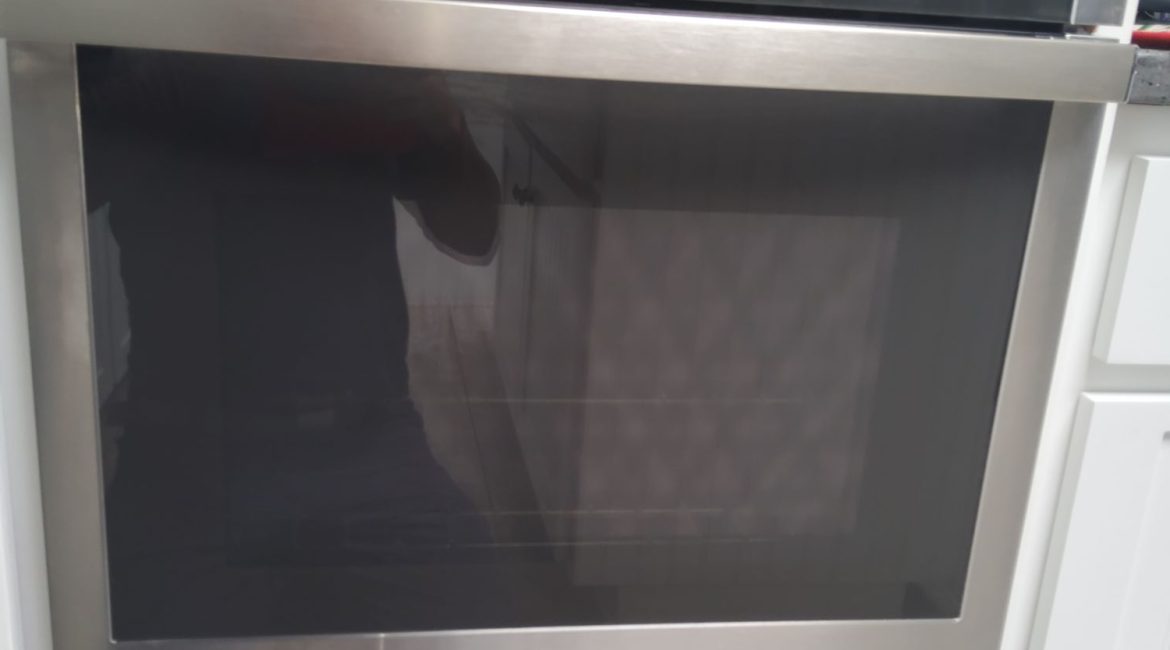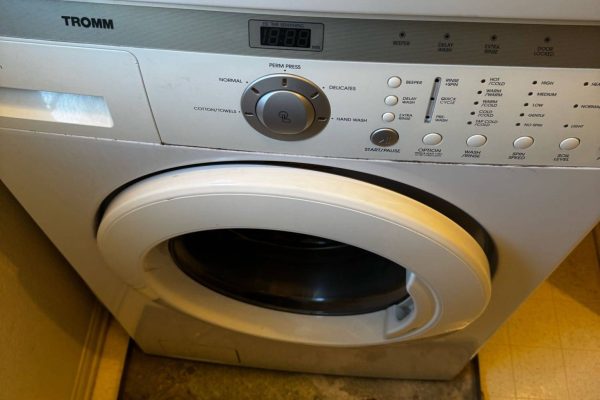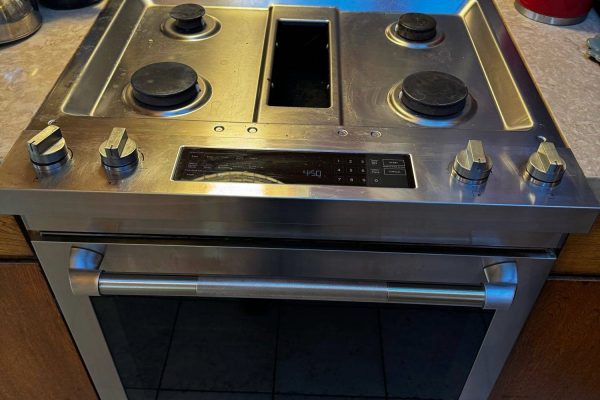An oven that doesn’t reach or maintain the set temperature is more than just a kitchen nuisance—it’s a real obstacle to cooking delicious meals. Whether your cookies come out burnt on the edges and raw in the center or your casserole refuses to bubble, inconsistent oven temperature is a frustrating problem that can waste time, money, and effort.
So why does this happen, and what can you do about it?
Common Causes of Oven Temperature Inaccuracy
1. Faulty Temperature Sensor
The oven’s temperature sensor (also known as an oven thermostat or thermistor) monitors the internal temperature and communicates with the control board to regulate the heat. If this sensor is malfunctioning, the oven may overheat or underheat. You might set it to 350°F, but your food ends up burning or staying raw because the oven is running much hotter or cooler than it should.
2. Calibration Issues
Over time, your oven may go out of calibration. This means the actual temperature inside the oven doesn’t match what you’ve set. For example, you may think you’re baking at 400°F, but the internal temperature is only 375°F—or worse, 425°F. Even a 25-degree difference can affect recipes that require precision.
3. Malfunctioning Heating Elements
In electric ovens, there are usually two heating elements—one for baking (bottom) and one for broiling (top). If either element is damaged, it won’t heat properly, leading to uneven or insufficient cooking. You might notice food browning too quickly on one side or staying undercooked elsewhere.
4. Defective Oven Control Board
The control board is like the brain of your oven, regulating temperature and timing based on your settings. If it’s faulty, the oven might receive the wrong signals about how hot it should get or how long it should maintain a temperature. This can result in unpredictable cooking outcomes.
5. Door Seal Damage
The rubber gasket around the oven door ensures heat stays trapped inside. If it’s worn, cracked, or loose, heat will escape during cooking, making it harder for the oven to maintain a stable temperature. This leads to longer cooking times and poor baking results.
6. Rack Placement and Air Circulation
Even a properly functioning oven can cook unevenly if racks are placed incorrectly or overcrowded. Blocking air circulation affects how heat is distributed, especially in convection ovens where airflow is critical for even cooking.
Signs You Have a Temperature Problem
- Your baked goods are consistently underdone or overdone.
- Foods take longer to cook than recipe instructions suggest.
- You smell burning or see smoke even though your settings are correct.
- A thermometer placed inside the oven shows a different temperature than the display.
What You Can Do
Use an Oven Thermometer
Place an oven thermometer inside and compare its reading to your oven’s setting. This can help you identify if there’s a temperature discrepancy. A difference of more than 15-20°F suggests a potential issue.
Recalibrate the Oven
Some ovens allow for manual calibration through the control panel. Consult your user manual to see if you can adjust the temperature offset. For example, if your oven consistently runs 25°F too hot, you might be able to program it to compensate for the difference.
Inspect Heating Elements
Look for any visual signs of damage—like blisters, cracks, or sections that don’t glow red when the oven is on. Replacing a faulty heating element is often straightforward for a professional.
Check the Sensor
If you suspect a faulty sensor, unplug the oven and look at the sensor for visible damage. It’s a small rod located inside the oven wall, usually near the back. A technician can test its resistance with a multimeter to determine if it’s working correctly.
If you’ve tried troubleshooting and your oven still can’t maintain the right temperature, it’s time to call in the experts. Complex issues involving the control board, wiring, or internal electronics are best handled by trained professionals to avoid further damage or safety hazards.
A misbehaving oven can ruin meals and shake your confidence in the kitchen. But the good news is that temperature issues are often fixable. Whether it’s a sensor replacement, recalibration, or new heating element, the solution may be simpler than you think.
Don’t settle for guesswork in your cooking. If your oven isn’t reaching the right temperature or is cooking food unevenly, contact the experienced team at Poway Appliance Repair Service Center. We’ll diagnose and repair the issue quickly so you can get back to cooking with confidence.
Contact us


